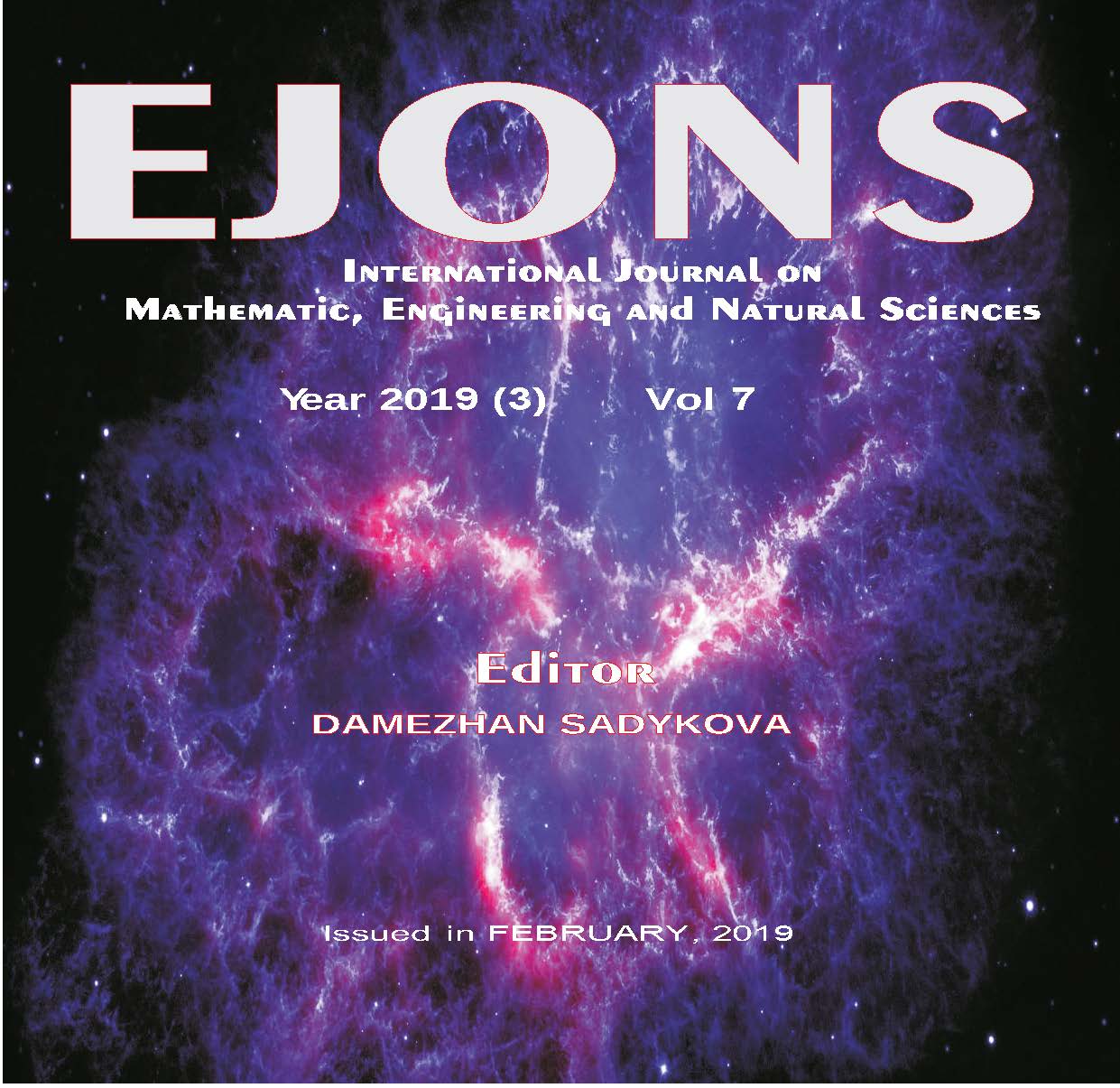THE EFFECT OF WELDING CURRENTS ON MICROSTRUCTURES IN WELDING OF S690QL SERIES STEELS IN USED HEAVY DUTY MACHINES
Keywords:
S690QL Steel, MAG Welding, MicrostructuresAbstract
The aim of study, was investigated the effect of welding current on microstructures of welded joints
in MAG welding method of S690QL steels. When the application areas of S690QL series steel are
examined, it is observed to use at heavy duty applications which as in truck industry, crane industry
and mining machines etc. MAG welding method is a extensively used joints method, especially in
the heavy duty machines sector. That's why the welding of S690QL steels gained importance. It is
necessary to optimize the welding parameters in order to obtain the appropriate welding joints.The
most important parameter is heat input in the welding process. Therefore, control of the heat input
is with controlling the welding current intensity. Thus, the desired microstructure at the welding can
be obtained. Microstructure is the most important factor affecting all mechanical properties. In this
study, was investigated the effect of welding currents on microstructures in MAG welding of S690QL
series steels sheets having 3 mm thickness in used heavy duty machınes. A welding speed, voltage
and current controlled MAG welding robot was used to prepare the welded specimens. Welding
currents were chosen three different welding currents as 120A, 140A and 160A. The welding speed
was kept constant at 350 mm/min. The arc lenght was selected 1 mm and gas flow rate was kept
constant 10 mm/min. SG-2 wire has 1mm thickness was used as additional metal and welding gas
with %86 Ar, %12 CO2, %2 O2 chemical composition was used. The effect of welding currents on
microstructures have been examined at all welded specimens. At the all of parameters were obtained
successful joints. The microstructure and of the welded joints obtained were analyzed. Microstructure
investigations of welded specimens was made by optical microscope. As a resutls, at microstructures
was observed homogen weld zone and residual precipitation of metal nitrite. Depending on the
welding current intensity, It was observed that the grain size decreased while the heat input increased.
Downloads
Published
How to Cite
Issue
Section
License
Copyright (c) 2019 EJONS INTERNATIONAL JOURNAL

This work is licensed under a Creative Commons Attribution-NonCommercial 4.0 International License.


